| Type |
Single seat canard experimental |
| Engine |
1 Anzani |
Sander rocket |
| Dimensions |
Length ca 5,50 m, height m, span 8,96 m, wing area 19,6 m2
|
| Weights |
Empty ca 250 kg, flying weight ca 400 kg |
| Performance |
Max.. speed , cruising speed , range , endurance , service ceiling , climb |
| Type |
Werk.Nr |
Registration |
History |
|
368 |
|
First flights with the Anzani engine. The only flight with a rocket probably in March 1929, the rocket engine exploded. The pilot Raab was unhurt. No further trials. The plane was probably stored and scrapped in 1931 |
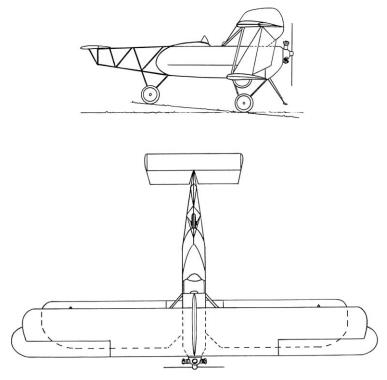
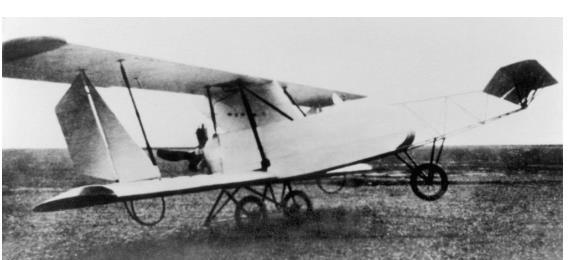
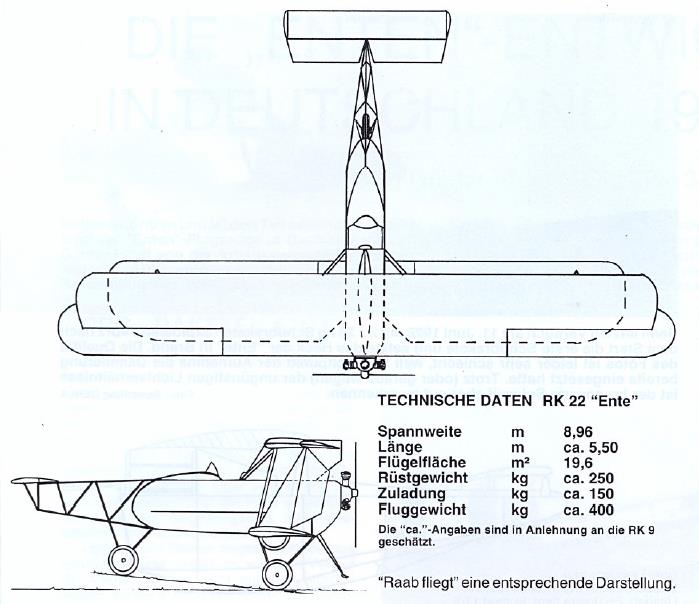
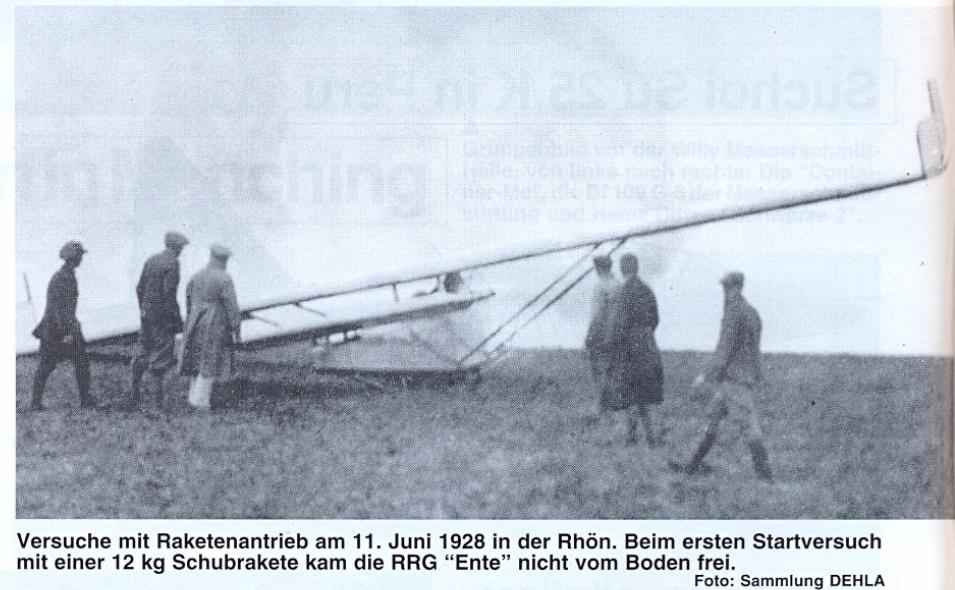
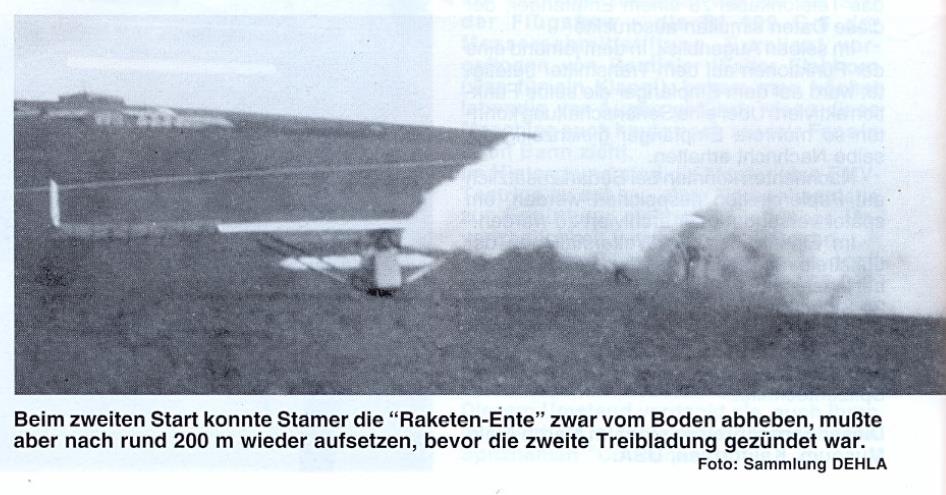
Rocket test aircraft
The "Sportflieger" wrote the following in a report on the program of the flight days organized by the factory:
"This aircraft in particular has attracted a lot of attention from the public, since everyone is interested in the development of this problem, which is becoming increasingly important for the future. We are not only working on the technical aspect of flight, but also on the scientific aspect, the rocket itself. Since the rocket in its current form is not yet an option due to technical deficiencies and its uneconomical nature, we are pursuing the idea of equipping the aircraft with fixed rocket nozzles that are continuously fed with suitable fuel." The development was paid for by Fritz von Opel. He worked with the rocket specialists Max Valier and Sander. Raab made a few test flights with the aircraft - a Grasmükke with a forward-facing fuselage and tail unit - with an Anzani engine to determine its flight characteristics. Then the powder rocket supplied by Sander in Bremen was installed, and a steel plate with asbestos protection was installed between the pilot and the rocket battery. When Raab ignited the rocket, the machine took off at high speed, but the whole unit exploded and the plane did not really get off the ground. Opel took back his rocket battery and later carried out similar tests with Fritz Stamer and Alexander Lippisch, which went better.




